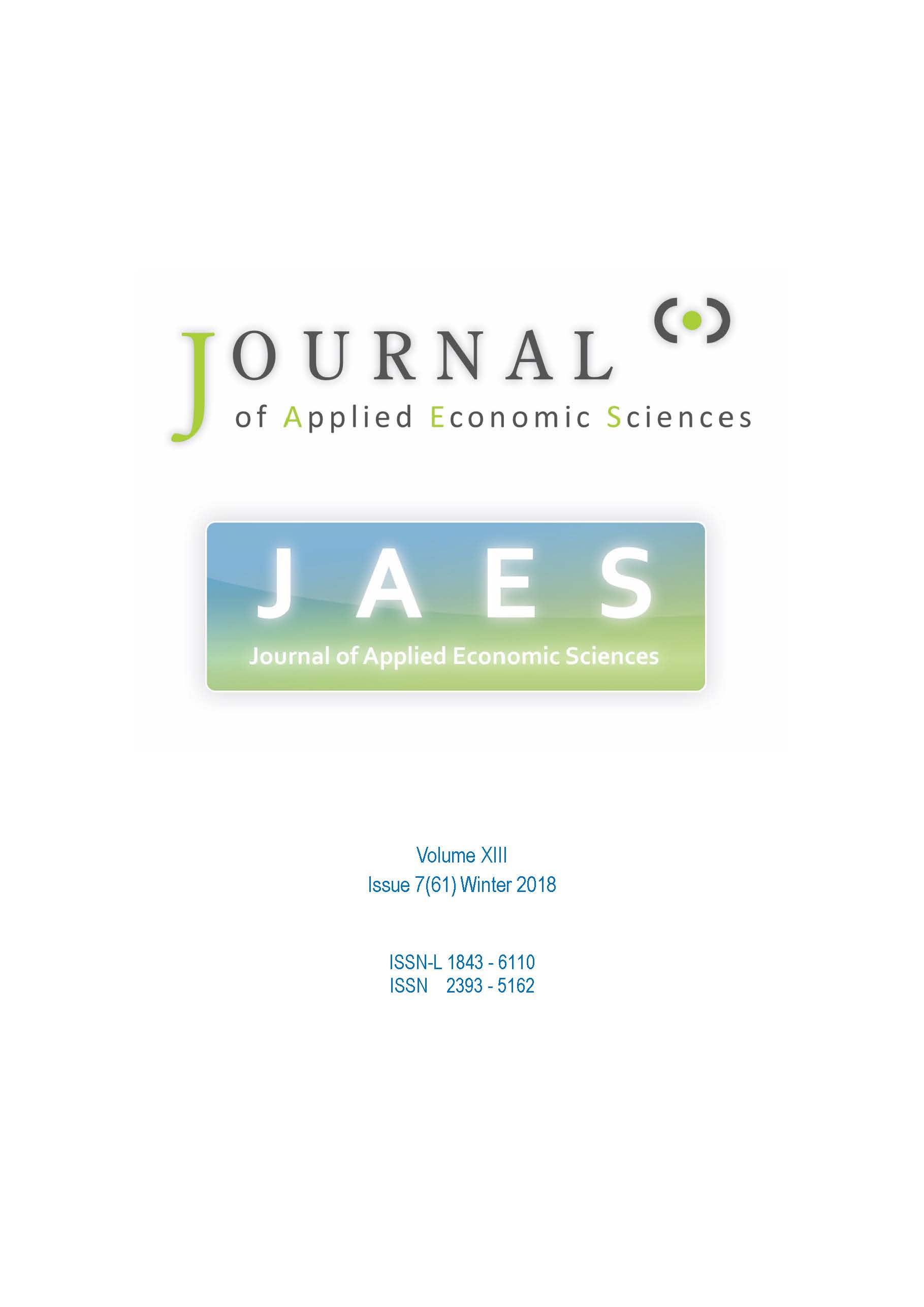Tax Regime Shifting: What Happened to Capital Flow?
Tax Regime Shifting: What Happened to Capital Flow?
Author(s): Milla Sepliana Setyowati, Titin Fachriah NUR, Muhammad Fadli HANAFISubject(s): Economy, National Economy, Financial Markets, Fiscal Politics / Budgeting
Published by: Reprograph
Keywords: tax system; territorial; worldwide; foreign direct investment;
Summary/Abstract: An issue of tax regime shifting from worldwide tax regime to territorial tax regime has been a primary concern from many stakeholders regarding its impact on capital outflow (Outward Foreign Direct Investment) to meet the goal of improving competitive advantage, especially those who have been experiencing saturated domestic economy. By shifting to territorial tax regime, revenue of worldwide expanding firms would not be imposed by tax from their home country. This research empirically examines whether regime shifting from worldwide tax regime to territorial tax regime drives higher expansion of domestic firms overseas in the form of capital outflow. This research employs data of 40 countries consisting of 34 OECD countries and 6 ASEAN countries during the observation period of 2000 to 2015. In order to identify the impact of regime shifting, this research employs number of variables such as corporate income tax (CIT rate and CIT nominal) and other macroeconomic variables. The empirical result shows that tax regime shifting from worldwide to territorial regime drives higher capital outflow. That way, developed and developing economies expected higher competitive advantage for their multinational firms regionally and globally.
Journal: Journal of Applied Economic Sciences (JAES)
- Issue Year: XIII/2018
- Issue No: 61
- Page Range: 2114-2121
- Page Count: 8
- Language: English

